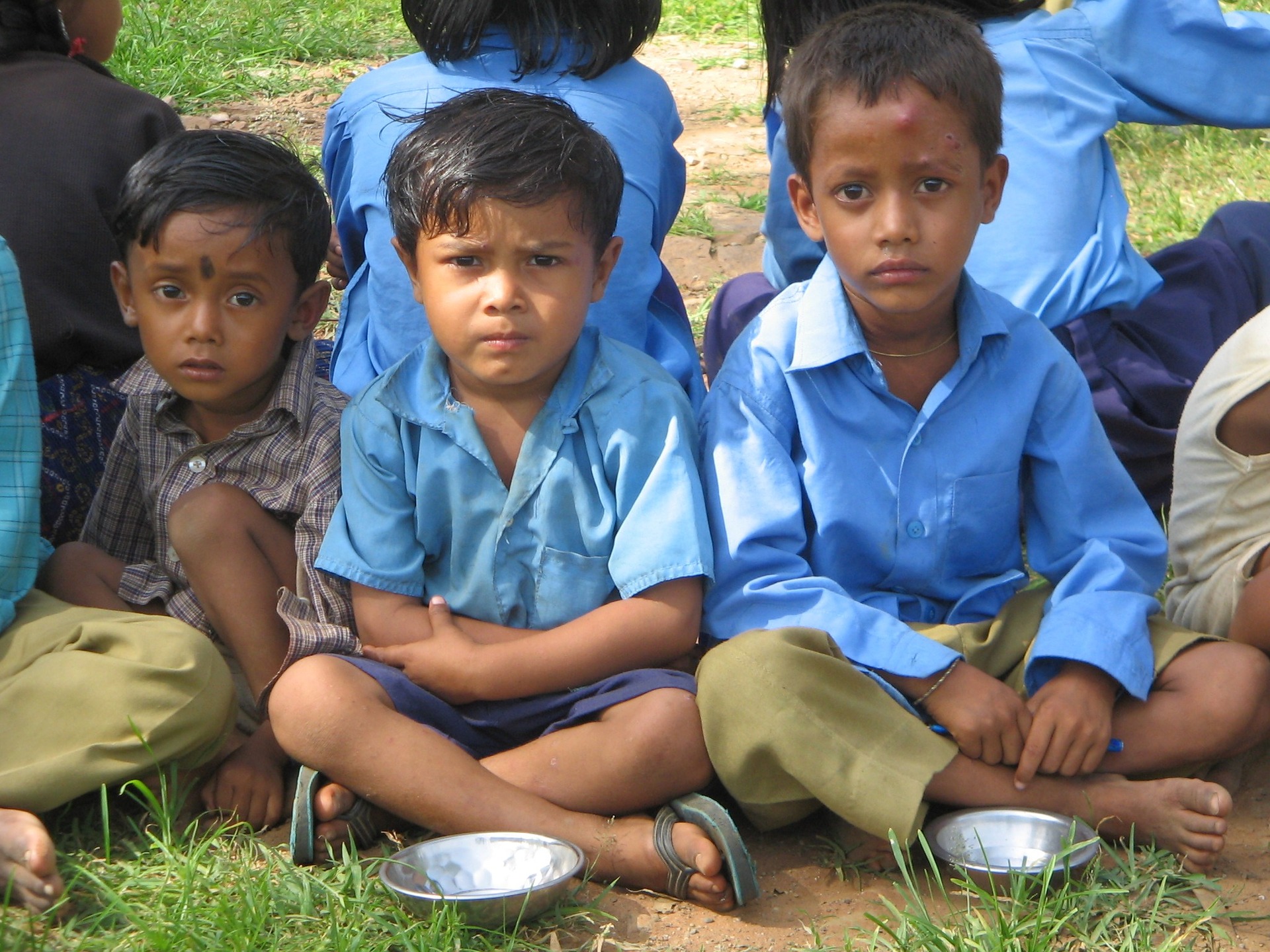Published on: November 1, 2021

TACKLING INDIA’S TRIPLE BURDEN OF MALNUTRITION
TACKLING INDIA’S TRIPLE BURDEN OF MALNUTRITION

WHAT – Under-nutrition and overweight/obesity coexisting with deficiencies of micronutrients such as iron, zinc, calcium and several vitamins.
DETAILS
- Malnutrition in any form can put children and adolescents at risk of compromised immune function, thus making them vulnerable to infections.
- It is a More important concern especially in the case of children and adolescents as it is during these phases of life that we see rapid growth of the body and development of food habits. Childhood and adolescence are two conjoined periods of continuous growth and development — a seamless duration. For instance, between two and 10 years of age, children tend to grow at an average of 6-7 cm in height and 1.5 to 3 kg in weight every year
FACTORS CAUSING
- Traditional diets are disappearing from the plates which are replaced by government subsidised rice and wheat. Though, they are rich in carbohydrates, they lack micronutrients, leading to micro-nutrients deficiency.
- POVERTY CYCLE : Poverty – earn less – affects capacity for physical work – under nutrition – low earning and poverty.
- Limited knowledge about nutritional qualities of food, irrational beliefs, inappropriate child rearing and irregular feeding habits also contribute to malnutrition.
- Inequitable distribution of food in the family especially in the patriarchal set up, where quite often less and low quality food is served to women and preschool children especially girls.
- Poor quality of housing, sanitation and water supply also contributes to ill health and infections thus contributing to under nutrition and micro-nutrient deficiency and malnutrition in general.
- Inadequate maternal and child care is a common phenomenon in India where an undernutritioned and micro-nutrients deficient mother generally gives birth to a malnourished child.
- In urban as well as among middle class and affluent communities – restricted movement, constrained socialisation and even dwindling physical contact
- COVID-19 isolation and fatigue have led to generalised stress, adding to the immunity challenge for children. These challenges coupled with a lack of diet diversity leading to imbalanced micronutrient intake or consumption of high carbohydrate and high sugar foods, endanger the child’s health by compromising their immunity and making them vulnerable to infections. Hence, the way we approach nutrition needs to change.
STATE OF THE WORLD’S CHILDREN REPORT FOR 2019 BY UNICEF – ON INDIA
- In India, every second child is affected by some form of malnutrition.
- 35% of Indian children suffer from stunting due to lack of nutrition, 17% suffer from wasting, 33% are underweight and 2% are overweight.
- Among countries in South Asia, India fares the worst (54%) on prevalence of children under five who are either stunted, wasted or overweight.
- It has the highest burden of deaths among children under five per year, with over 8 lakh deaths in 2018.
- One in five children under age 5 has vitamin A deficiency, which is a severe health problem in 20 states.
- Every second woman in the country is anaemic, as are 40.5% children.
- One in ten children are pre-diabetic.
- Poverty, urbanisation as well as climate change are some of the factors that are driving poor diet.
NEED FOR A BALANCED DIET
- Often overlooked, micronutrients are essential for production of enzymes, hormones and other substances for good immune function, healthy growth and development.
- Each stage of the body’s immune response relies on the presence of many micronutrients.
- Micronutrients that are primarily available in fruits, vegetables, greens, nuts, legumes and whole grains play a crucial role in enhancing the native and adaptive immune function and also aid ‘immune memory’ formation. A substantial serving of fresh fruits and vegetables, as much as about 300-500 gm per day per child is recommended depending on the age group.
- These, along with curd and nuts, can increase beneficial probiotic bacteria in the intestine.
- About 300ml-400 ml of milk or curd can provide the required calcium, good quality protein and other nutrients.
EFFORTS RECOGNISED BY GOVERNMENT :
- The report said POSHAN Abhiyaan or the National Nutrition Mission is playing a major role in improving nutrition indicators across India.
- The Anaemia Mukt Bharat programme to fight anaemic prevalence has been recognized as one of the best programmes implemented by governments across the world to address malnutrition.
- The 6X6X6 strategy (six target beneficiary groups, six interventions and six institutional mechanisms) of the programme has been highlighted for using anaemia testing and treatment as the entry point to provide information on healthy diets.
- The Pradhan Mantri Poshan Shakti Nirman Yojana (PM POSHAN) — the mid-day meal programme in its new avatar — is all set to broad base itself even to students of pre-primary levels or Bal Vatikas of government and government-aided primary schools along with primary and upper primary schoolchildren who are already within the ambit of the mid-day meal programme. The PM POSHAN envisages providing 450 Kcal energy and 12g of protein for primary; 700 Kcal and 20g protein for upper primary children through diet diversity.
- In addition, monitoring haemoglobin levels of schoolchildren, appointment of nutritional experts to ensure the haemoglobin and growth status are continuously monitored; focus on nutrigardens are all welcome steps as we prepare to reopen schools.
- Special provisions for nutritional items for children in districts with high prevalence of anaemia and the involvement of farmer producer organizations and self-help group women will strengthen linkages and convergence for promoting children’s nutrition.
UNICEF RECOMENDATION
- Empower families to reduce demand for unhealthy food.
- Incentivize food suppliers to provide healthy, affordable food.
- Create accurate, easy-to-understand labelling.
- Scale up nutrition by protecting water and sanitation systems.
- Collect and analyzing quality date to track progress.

